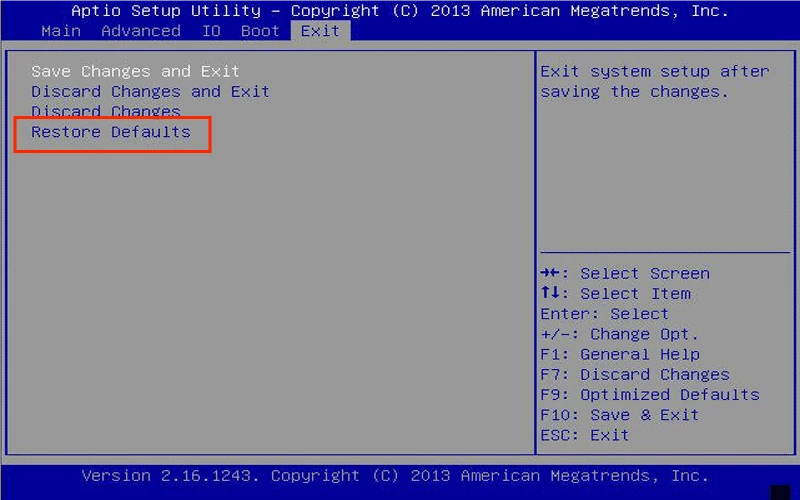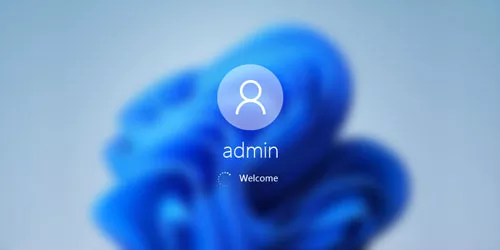Truly Fixed: Clock Watchdog Timeout (BSoD) in Windows 10/11

Clock_Watchdog_Timeout is one of the Blue Screen of Death errors, which indicates that the specified processor is interrupted. The blue screen will display an error message: “Your PC ran into a problem that it couldn't handle, and now it needs to restart. You can search for the error online: CLOCK_WATCHDOG_TIMEOUT”. Although this blue screen is irritating, there are 6 simple ways to fix Clock Watchdog Timeout (BSoD) in this article.
Causes of Clock_Watchdog_Timeout
The main reasons for Clock Watchdog Timeout are as follows:
- Hardware Fault
- CPU Overclocking
- Driver Incompatibility
- RAM Incompatibility
Fixes of Clock_Watchdog_Timeout
• Remove External Devices
The blue-screen error Clock_Watchdog_Timeout may be caused by incompatible devices. Try removing any other external devices you may have recently connected. Then reboot your computer to see if this BSoD error has disappeared. If removing external devices hasn't resolved the issue, try the solutions mentioned below.
• Perform Drive Verifier Manager
Drive Verifier is a tool used for testing driver programs and forcibly triggering the BSoD raised by the corrupt driver. We can analyze the reason and find the appropriate approaches according to the testing data.
Note that you should back up the whole system or set a restore point in case of data loss.
Step 1: Press the Win key + R > Type "Verifier" then press the Ctrl + Shift + Enter buttons to run as administrator.
Step 2: Tick "Create standard settings" then click Next.
Step 3: Tick "Automatically select all drivers installed on this computer" and click Finish. Then the computer will restart and begin scanning process. After that, there is a pop-up window showing the error data.
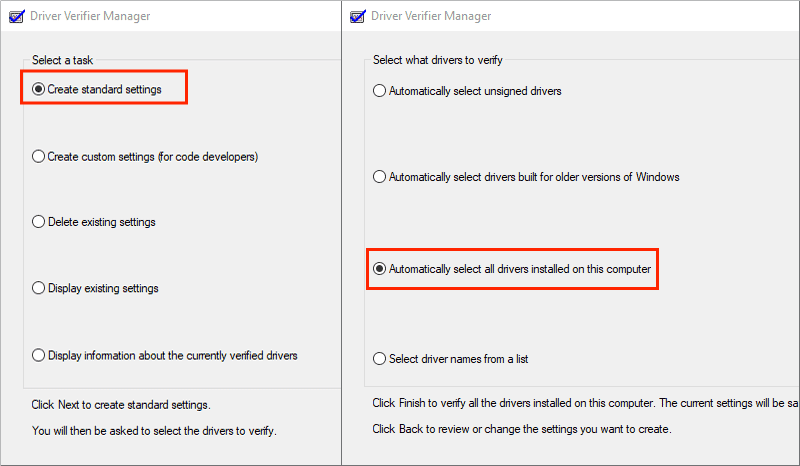
If you have waited for a long time and have received no response, click "Delete existing settings" to disable Drive Verifier.
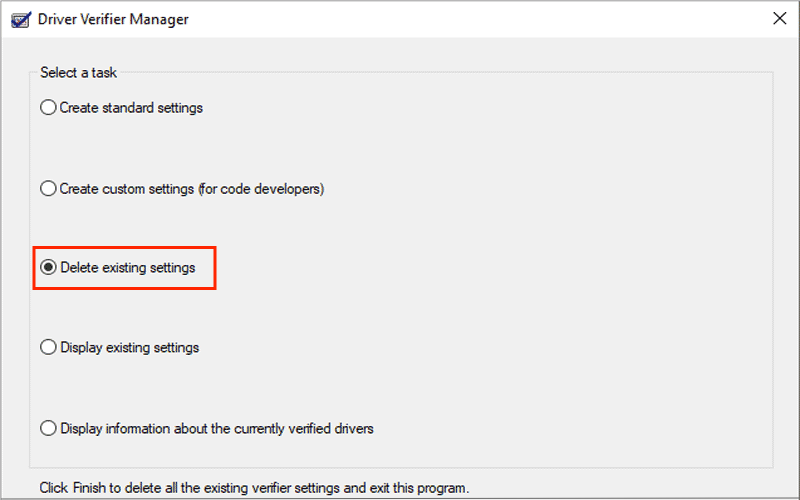
• Run the Memory Diagnostics Tool
One reason for the Clock Watchdog Timeout error is RAM corruption. You can use the Memory Diagnostic tool to fix it.
Step 1: Press Win + R and type “mdsched.exe”, then click OK.
Step 2: Click "Restart now and check for problems". Your system will restart and run into diagnosing.
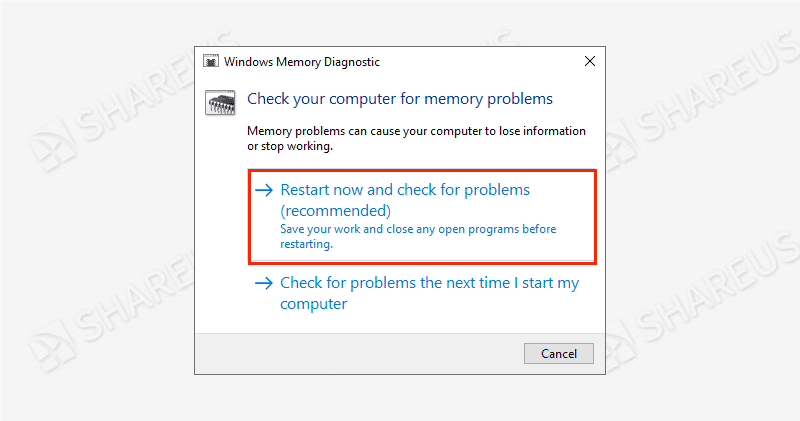
Once the process is finished, it will fix the memory issues, and then check if the BSoD error has been fixed.
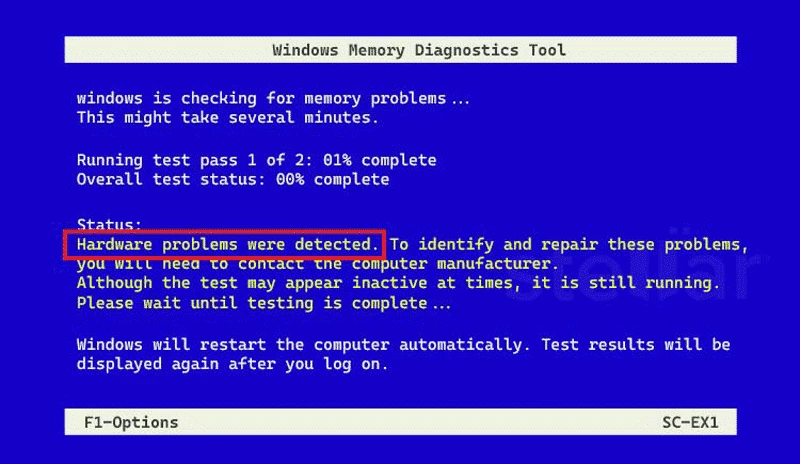
• Update/Rollback Drivers
The blue screen of death Clock_Watchdog_Time_Out can be caused by driver incompatibility. So, you can update the drivers to check whether this problem is with the driver.
Update Drivers
Step 1: Press Win + R > Type “devmgmt.msc” then click OK.
Step 2: Select and right-click the driver > Click Update driver.
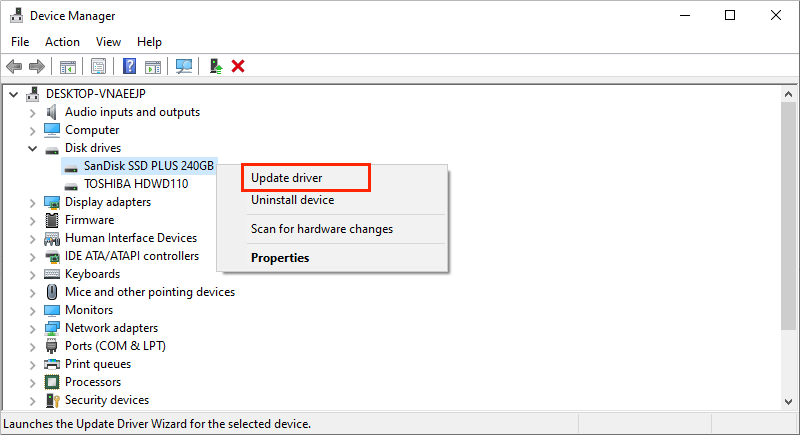
Rollback Drivers
If the driver has been updated or failed to update, try to roll back to the previously installed driver.
Steps: Select and right-click the driver > Click Properties > In the properties page, click the Driver tab > Choose Roll Back Driver, then click OK.
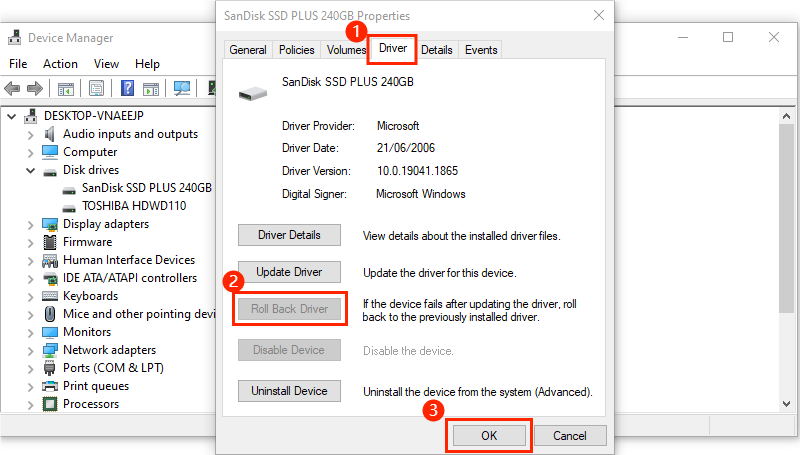
• Perform a Clean Boot
Clean boot can be used to troubleshoot the system and determine whether the cause of the failure is related to third-party programs and services.
Step 1: Type “msconfig” in the search bar and press the Enter button.
Step 2: Select the Services tab > Click "Hide all Microsoft services" > Disable all.
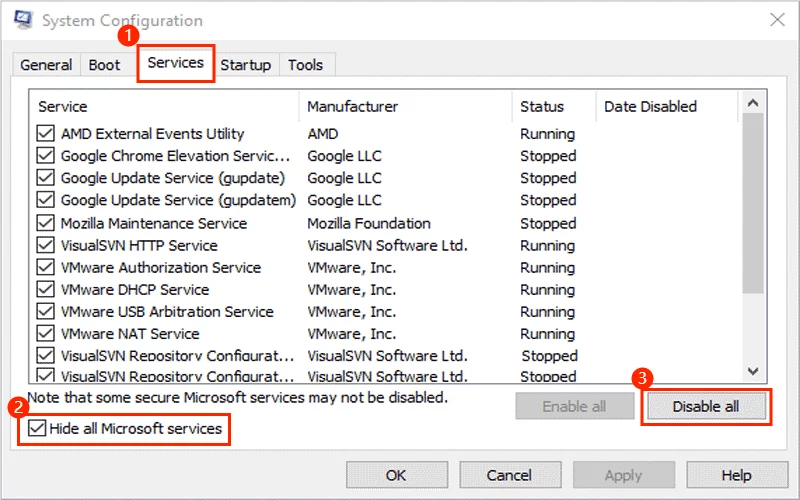
Step 3: Select the Startup tab > Click "Open Task Manager" > Find the enabled programs > Disable. Then close the window.
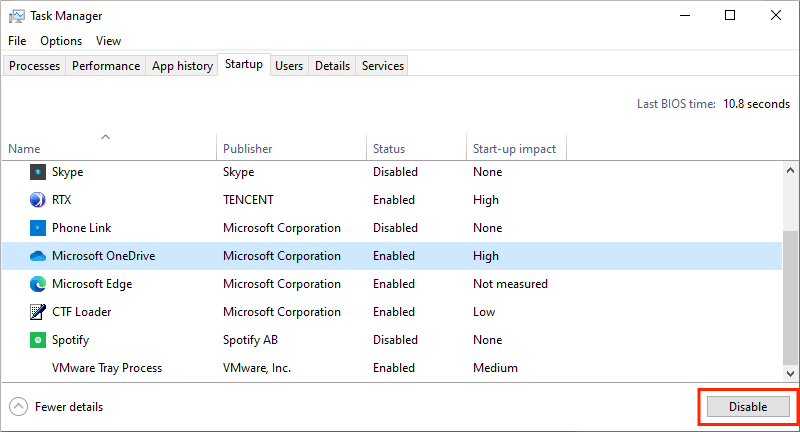
Step 4: In the System Configuration window, click Restart.
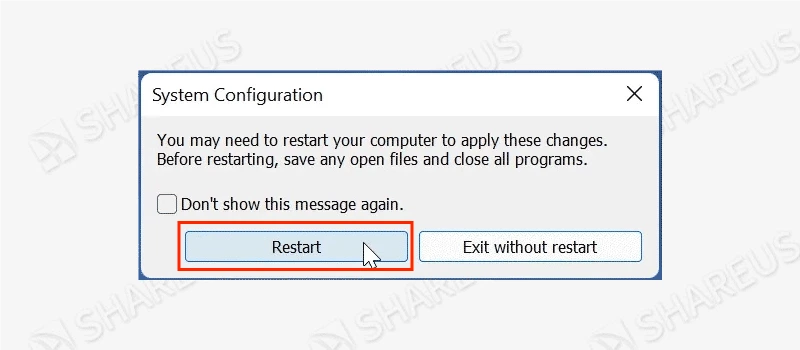
• Reset BIOS Default
If you have made changes in the BIOS, you can reset the BIOS settings to check whether the blue screen issue can be solved.
Step 1: When you start your computer, continuously press the ESC, F2, F10, F12, or Delete button to enter BIOS. (The specified key depends on your computer module.)
Step 2: In the BIOS menu, find the option similar to “Restore Defaults”, choose it, and press the Enter button. Then choose Save Changes and Exit. After exiting, reboot your computer.
